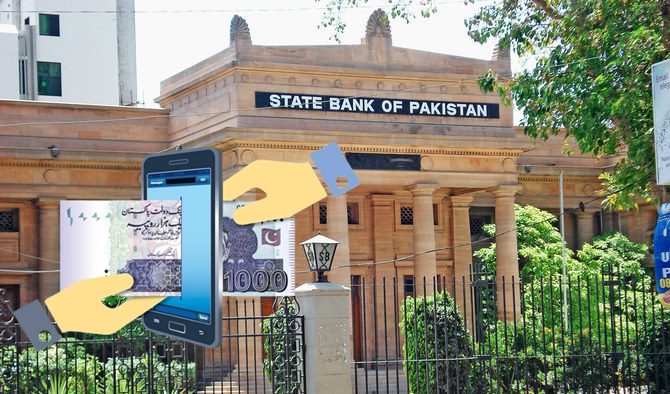KARACHI – The State Bank of Pakistan (SBP) has released its Quarterly Payment Systems Review for the second quarter of the fiscal year 2023-24. This report showcases significant progress in Pakistan’s payment ecosystem and provides a comprehensive overview of digital payments landscape of the country.
The user base of the payments infrastructure experienced growth in the second quarter of fiscal year 2023-24. Mobile and Internet Banking remains the preferred mode of digital transactions for Pakistanis. Mobile and Internet Banking Users reached 16 million and 11 million indicating a quarterly growth rate of 8% and 5%, respectively. Encouragingly, the number of e-wallets registered with EMIs also increased by 15% to 2.7 million during the quarter marking a more than twofold increase in last four quarters. In addition, over 67 million m-wallets were registered with Branchless Banking (BB) service providers.
During Q2-FY24, retail transactions processed by Banks, MFBs and EMIs, witnessed a quarterly growth of 15%, a significant increase compared to the 5% growth in the previous quarter. During the quarter under review, volume of digital transactions constituted 82% of the overall retail transactions, compared to 80% during the previous quarter. However, in terms of value, over-the-counter (OTC) transactions constituted 85% share of the overall retail transactions. In the same quarter, more than 90% of the retail fund transfers and 73% of bill payments/mobile top-ups were conducted using digital channels. Last quarter, this share was 88% and 68% respectively.
Raast (Instant Payment System) and PRISM (Real Time Gross Settlement System) significantly contributed to the digital financial services nationwide. Raast, an instant payment solution in Pakistan, played a pivotal role by facilitating 107 million funds transfer transactions free of cost, totaling more than PKR 2 trillion in Q2-FY24. In the same quarter, RTGS processed 1.5 million large-value payments, amounting to PKR 273 trillion. Breaking down the values of RTGS, 29% were attributed to funds transfer settlements, 70% to government securities settlements, and 1% to clearing transactions settlements.
Pakistan’s payments infrastructure consists of 33 Banks, 11 Microfinance Banks (MFBs), 5 Payment System Operators/Service Providers (PSOs/PSPs), 5 Electronic Money Institutions (EMIs), the Real-Time Gross Settlement System PRISM, Raast Instant Payment System, and various Fintechs. As of the end of the 2nd quarter of the fiscal year 2023-24, Banks and MFBs were offering their services through a network of 18,178 branches, 18,441 ATMs, 121,987 POS machines, and E-commerce payment gateways serving 7,630 registered e-merchants. In addition, 16 banks and MFBs were also providing Branchless Banking (BB) services, broadening the accessibility of banking services.










